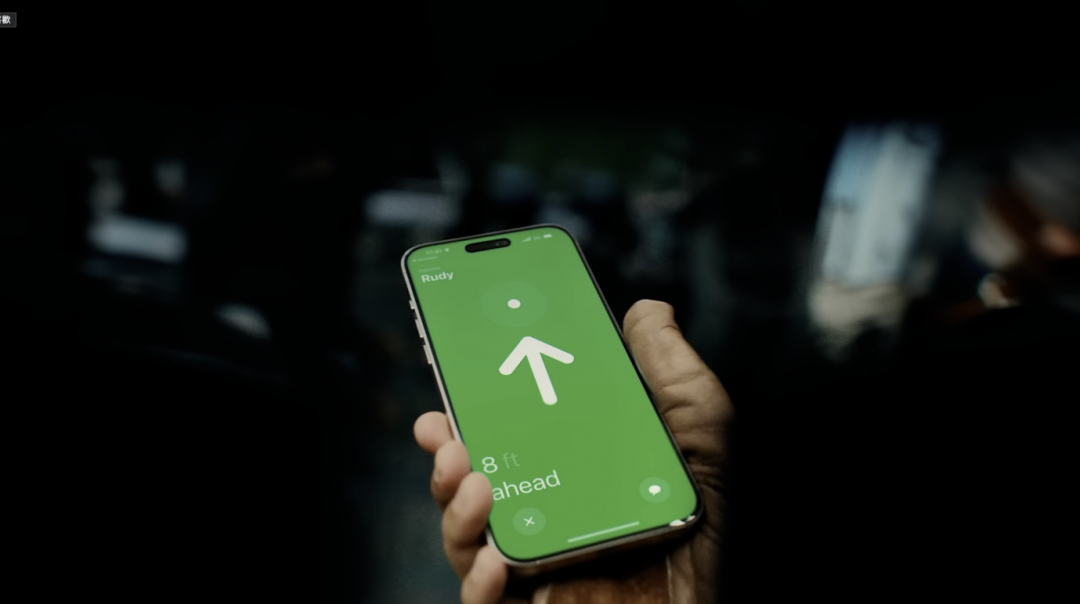台南手機收購
The 台南手機收購iphone X’s new neural engine exemplifies Apple’s approach to AI
The 台南手機收購iphone X’s new neural engine exemplifies Apple’s approach to AI
/
Artificial intelligence in your hand, not in the cloud
Share this story
Apple’s new 台南手機收購iphone X is billed as “the future of the smartphone,” with new facial recognition and augmented reality features presented as the credentials to back up this claim. But these features wouldn’t be half as slick without a little bit of hidden futurism tucked away in the phone’s new A11 Bionic chip: Apple’s new “neural engine.”
The neural engine is actually a pair of processing cores dedicated to handling “specific machine learning algorithms.” These algorithms are what power various advanced features in the 台南手機收購iphone, including Face ID, Animoji, and augmented reality apps. According to Apple’s press materials, the neural engine performs “up to 600 billion operations per second” to help speed AI tasks (although this stat is hard to put in proper context; operations-per-second is never the sole indicator of performance).
What’s clear about the neural engine is that it’s typical of Apple’s approach to artificial intelligence. AI has become increasingly central to smartphones, powering everything from the speech recognition to tiny software tweaks. But to date, AI features on mobile devices have been mostly powered by the cloud. This saves your phone’s battery power by not taxing its processor, but it’s less convenient (you need an internet connection for it to work) and less secure (your personal data is sent off to far-away servers).
Apple’s approach is typical of the company’s ethos: it’s focused on doing AI on your device instead. We saw this back in June 2016, when the company introduced “differential privacy” (using statistical methods to mask users’ identity when collecting their data), and at WWDC this year when it unveiled its new Core ML API. The “neural engine” is just a continuation of the same theme. By having hardware on the phone itself that’s dedicated to AI processing, Apple sends less data off-device and better protects users’ privacy.
The 台南手機收購iphone-maker isn’t the only company to pursue this approach. Chinese tech giant Huawei put a similar “Neural Processing Unit” in its Kirin 970 system-on-chip, saying its can handle tasks like image recognition 20 times faster than a regular CPU. Google has developed its own methods of on-device AI called “federated learning,” and has hinted that it too is working on mobile chips for machine learning. ARM has reconfigured its chip design to favor artificial intelligence, and chipmaker Qualcomm says it’s only a matter of time before it, too, launches its own mobile AI chips.
Because although the 台南手機收購iphone X’s neural engine is typical of Apple’s approach to AI, it’s not just the company’s particular quirk. It’s the future of the whole mobile industry.
 (圖/翻攝蘋果官方影片)
(圖/翻攝蘋果官方影片)
蘋果近期在一部最新廣告,悄悄揭露 台南手機收購iphone 15 系列獨家功能,若與朋友約在複雜且人潮壅擠的大賣場、車站,手機將能替你指引方向。
在影片中,一名星際大戰內的曼達洛人拿起 台南手機收購iphone 尋找其他同伴,一路穿梭於人潮擁擠的車站、公共場所,最後就是靠著 台南手機收購iphone 引導的箭頭與同伴相認。
此功能正是蘋果基於第二代的超寬頻晶片所推出的「精確尋找人員」功能,無論是找人或是被搜尋的對象,若均使用 台南手機收購iphone 15 系列,就能透過兩組超寬頻晶片互相偵測,替彼此指出明確的方向,空間再複雜都能彼此相認。
要啟用這項功能,第一步是開啟 台南手機收購iphone 的「尋找」App,並點選底部的「聯絡人」找到想要碰面的朋友,此時會需要與對方分享位置,因此要選擇「開始分享位置」,將當前位置交給朋友。
此時,如果雙方還有好一段距離,用戶可以透過「地圖」來確認朋友的位置,並且選擇路線來進一步靠近。倘若雙方已經在同一空間,只是仍找不到彼此,當距離足夠接近的時候,系統會跳出「尋找」按鈕,這個時候就會啟用「精確尋找」功能,螢幕會以箭頭顯時對方的位置,並預估雙方距離,只要跟著指示走即可。
台南手機收購 台南手機收購
